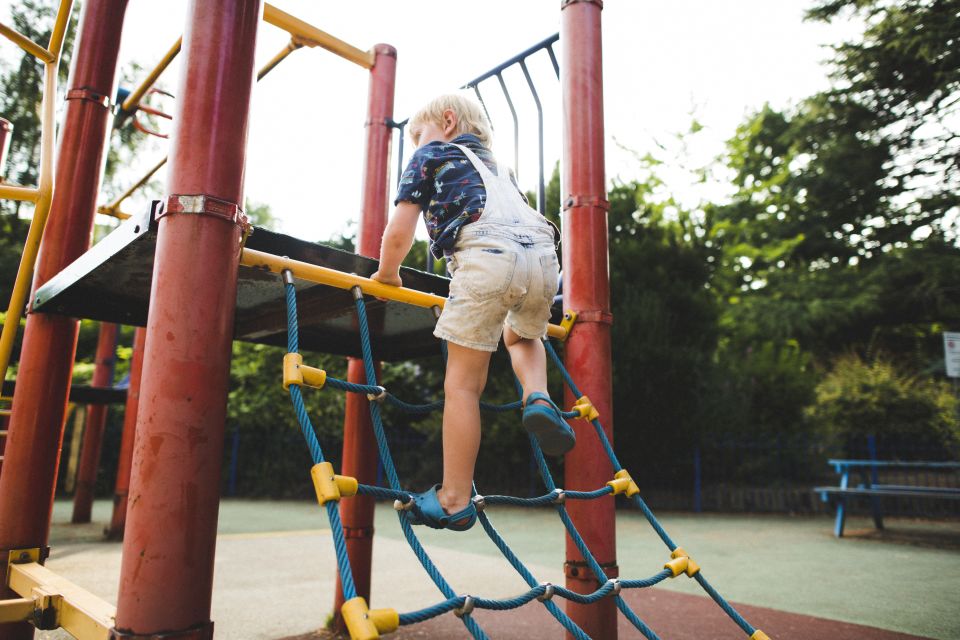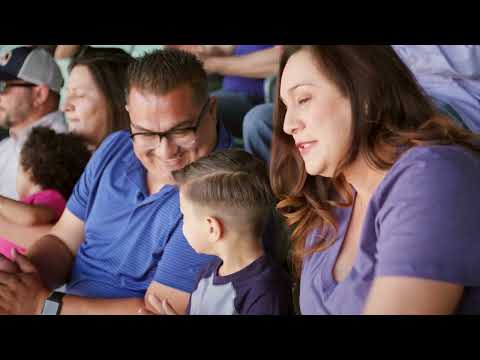Between the ages of one and two, your toddler’s brain develops with every activity. Here are some specific things you can look for at this stage of development.
You can make the magic to help your toddler’s brain grow! Your child’s brain began developing during pregnancy and has not stopped. So, although a brain is built over time, its most important foundations are developed very early in life. While many factors influence brain development, your regular interactions have the biggest impact – and they include talking, reading, and singing.
As a one year old, your child is now starting to solve problems by trying things and planning. Your child is now understanding that objects have functions and can anticipate things that are going to happen. Things to look for at this age:
Trial-and-error problem solving. Your child may try to put a certain shaped block in the wrong shaped hole on a toy - let him or her figure out where the shape fits.
Using objects for the right purpose. Your child will use a spoon to eat or put a baby doll to bed. Your child is no longer simply exploring toys and objects - he or she can play and use things as we would.
Using their hands and other objects to reach for things that are out of their immediate reach. Your child may climb on furniture to get a toy you have put away - that’s good (even if you didn’t want them to have it)!
Looking for things that are hidden or that cannot be seen. Your child will start to remember where things were put and look for them.
Imitating actions and sounds that are new. You may even see your child doing things they saw long after they first saw them.
By age two, toddlers are becoming more and more their own person every day. Their vocabulary is growing and their ability to connect things around them is developing rapidly. Things to look for at this age:
Putting things together by size, shape and/or color. Your child can start to match similar objects and images. Have your child sort toys by color or put all the triangle blocks in one cup.
Building blocks. Your child will use blocks to build and copy things you build. Try having him or her copy simple block designs like a bridge or tower.
Playing becomes more advanced. It includes multiple steps/activities rather than one repeated act with a toy.
Figuring out what’s missing. Your child can help you know when things are missing, or when toys need to be fixed.
Knowing what "has more." Your child will start to recognize - and want - things that have more.
Knowing body parts and naming objects. Watch as your child’s language continues to grow.







